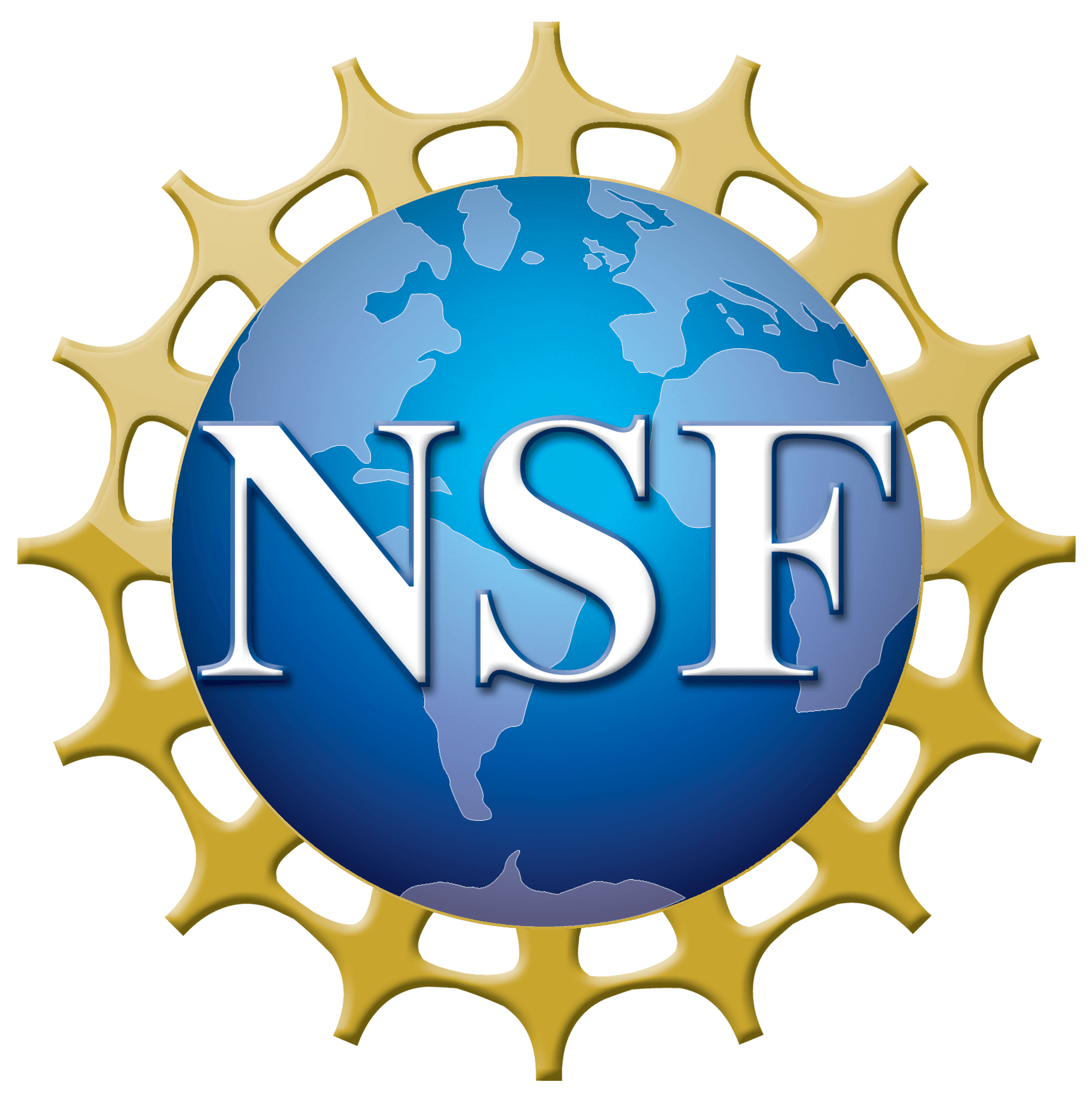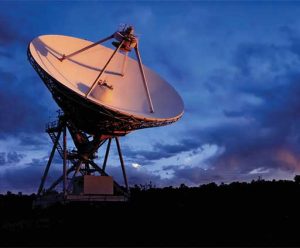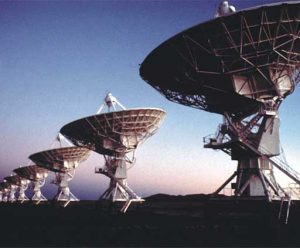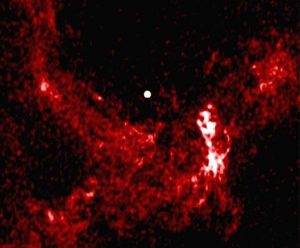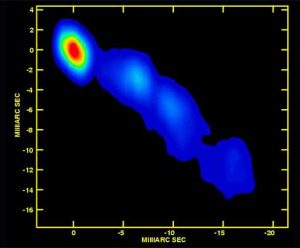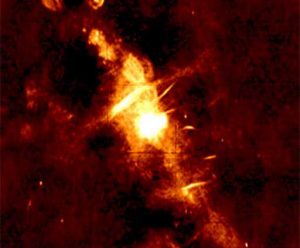Astronomers using the National Science Foundation’s Very Long Baseline Array radio telescope have found the closest pair of supermassive black holes ever discovered in the Universe — a duo of monsters that together are more than 150 million times more massive than the Sun and closer together than the Earth and the bright star Vega.
Engine’s Running, But Where’s the Fuel?
Astronomers have found a relatively tiny galaxy whose black-hole-powered central engine is pouring out energy at a rate equal to that of much larger galaxies, and they’re wondering how it manages to do so.
Astronomers Get Closest Look Yet At Milky Way’s Mysterious Core
Astronomers have gotten their deepest glimpse into the heart of our Milky Way Galaxy, peering closer to the supermassive black hole at the Galaxy’s core then ever before.
VLBA Observations Put New Twist on Quasar Jet Model
When a pair of researchers aimed the National Science Foundation’s Very Long Baseline Array radio telescope toward a famous quasar, they sought evidence to support a popular theory for why the superfast jets of particles streaming from quasars are confined to narrow streams.
Astronomers Detect Powerful Bursting Radio Source
Astronomers at Sweet Briar College and the Naval Research Laboratory have detected a powerful new bursting radio source whose unique properties suggest the discovery of a new class of astronomical objects.
VLA Study Offers Clue to Galaxy Formation
Astronomers using the National Science Foundation’s Very Large Array radio telescope to study the most distant known quasar have found a tantalizing clue that may answer a longstanding cosmic chicken-and-egg question.




